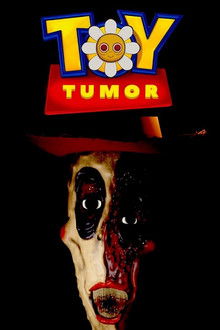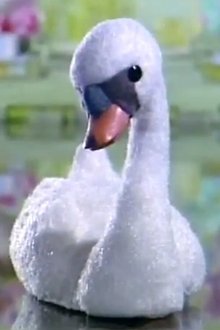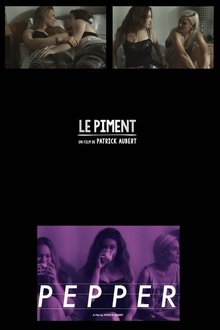Fallen Art presents the story of General A, a self-proclaimed artist. His art, however, consists of a deranged method of stop motion photography, where the individual frames of the movie are created by photographs made by Dr. Johann Friedrich, depicting the bodies of dead soldiers, pushed down by Sergeant Al from a giant springboard onto a slab of concrete.
Related Movies
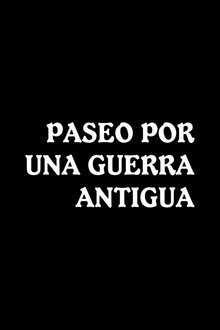
Paseo por una guerra antigua (1949)
Madrid, Spain. A mutilated man, a war veteran, walks, leaning on a crutch, through the stadium of the Ciudad Universitaria, a place that still preserves in walls and buildings the terrifying traces of one of the bloodiest battles of the Spanish Civil War.
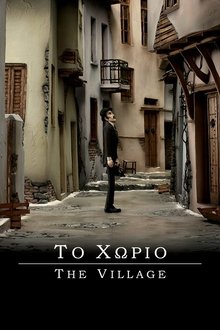
The Village (2010)
A doctor mysteriously discovers that he is required urgently at the village to offer his services. He arrives there after a long and difficult journey, only to discover that the village is empty.
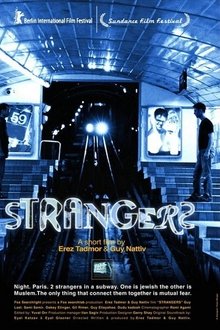
Strangers (2003)
A short story of two strangers meeting in a train journey, not knowing that something stranger is coming their way.

Shabbat Dinner (2012)
Shabbat Dinner is boring as usual for William Shore. His mother has invited two crazy hippies and their son and is doing her best to show off, his father is drunk and berating their oddball guests, and he doesn't have much in common with their son Virgo. That is, until Virgo tells him that he has just come out as gay.

Mite (2014)
In a hotel hallway, the camera plunges into the microcosm of the hotel corridor carpet. Between crystal structures and inhabitants of this world, we see an American house dust mite at work.
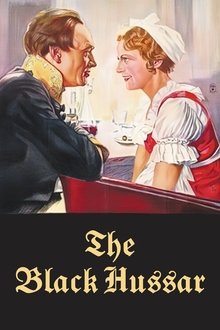
The Black Hussar (1932)
In 1812, during the French period, large parts of Germany are occupied by the troops of Napoleon. Several paramilitary Freikorps units battle the French forces, among them the Black Brunswickers led by the 'Black Duke' Frederick William of Brunswick-Wolfenbüttel. After the War of the Fifth Coalition, the Black Hussars are pursued by Napoleon throughout the country, but frequently take refuge with the noble-minded German people.

Bad Exorcist: Christmas Eve (2023)
Boner and his crew must rescue Santa on Christmas Eve when a demon determined to steal all of his presents raids a school assembly and kidnaps him.
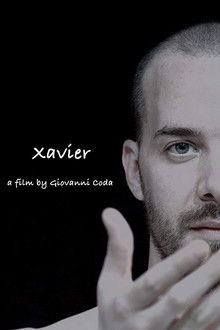
Xavier (2018)
April 20, 2017 - Avenue des Champs-Elysées. During an attack, police officer Xavier, among his injured fellow-officers, was shot dead. There are broken dreams and unanswered expectations of peace. But there is no place for hate, dialogue and tolerance being the only possible solutions.
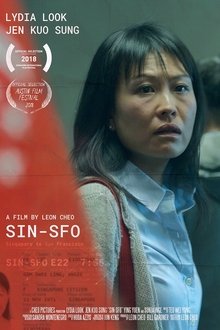
SIN-SFO (2018)
As they drive to San Francisco, married couple Angie and Danny debate a decision which will change their lives forever.
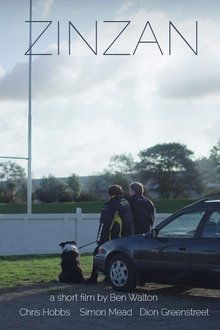
Zinzan (2017)
After his son insists on bringing his boyfriend to practice, a rugby-mad father fears for his son’s chances of getting onto the national team.
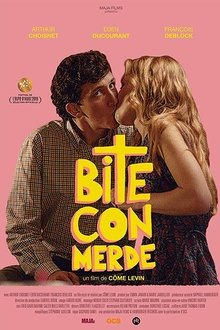
Cock, Crap, Fuck (2019)
Max, 20 years old, is a boy scout leader dealing with Tourette's syndrome. His symptoms disappear when he is in front of a camera. That's how he manages to seduce Giulia. But when they decide to make love, is the camera still welcome?
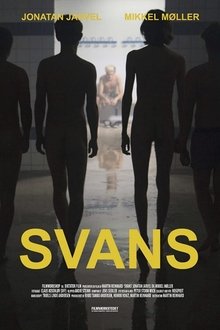
Swans (2016)
By living his entire life fearing the prejudice of others, Aksel inadvertently made himself the source of true bias. Now, the real victims of prejudice will be revealed, as his secret is laid out for the world to see.
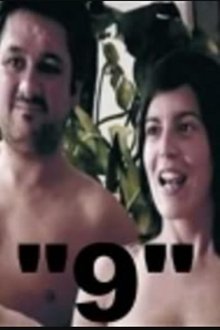
9 (2009)
A group of people talk about very different subjects, including a strange course that one of them has just completed. There is tension in the air, although it is not quite clear why. They give the impression that they are killing time while waiting for a job that everyone needs for different reasons. Are they actors looking for a role?

Night Express (2003)
An extremely patient man shares a sleeping car on a overnight express train with a complete hypochondriac. Anxious for his berth mate to reveal any habits which might disturb his delicate sleep, the neurotic man subjects the other to an absurd interrogation.
